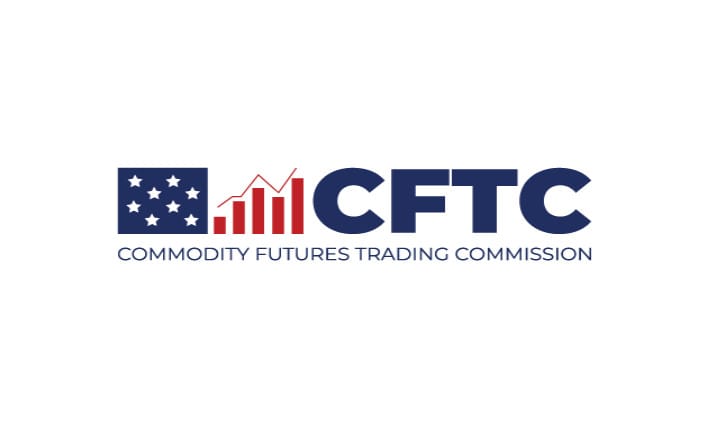The share of nonfinancial firms in financial distress has reached a level that is higher than during most previous tightening episodes since the 1970s

TLDRS:
Since March 2022, U.S. monetary policy has become tighter. More businesses are financially distressed now than in previous instances of tightening since the '70s.
- Studies suggest that these conditions could lead to significant declines in investment and jobs in the near future.
The theory is that when monetary policy gets tougher, distressed firms find it harder to secure external funding compared to healthy firms.
- These troubled companies then cut down on investments and jobs more than their healthier counterparts.
- On the other hand, when policy is eased, both types of firms respond similarly and weakly, not affecting investment and job rates dramatically.
- Data from U.S. nonfinancial firms from 1990 to 2022 was used for this analysis.
- To measure the potential for a firm's default, they used a system called "distance to default", which they claim is better than other methods to predict borrowing ability.
The findings show that tight monetary policy has a stronger impact on investment and jobs than easy policy.
- Also, distressed firms react more severely to a tight policy by reducing their investment significantly, while healthy firms' reactions are negligible.
- Both types of firms didn't show a significant change in investment in response to easy policy.
- The evidence suggests that how hard a monetary policy hits, particularly when it's getting tighter, is stronger when there are more distressed firms around.
So, this current cycle of monetary tightening, with a high number of firms in distress, could potentially lead to significant impacts on investment, jobs, and overall economic activity.
- These effects could become more noticeable in 2023 and 2024.


